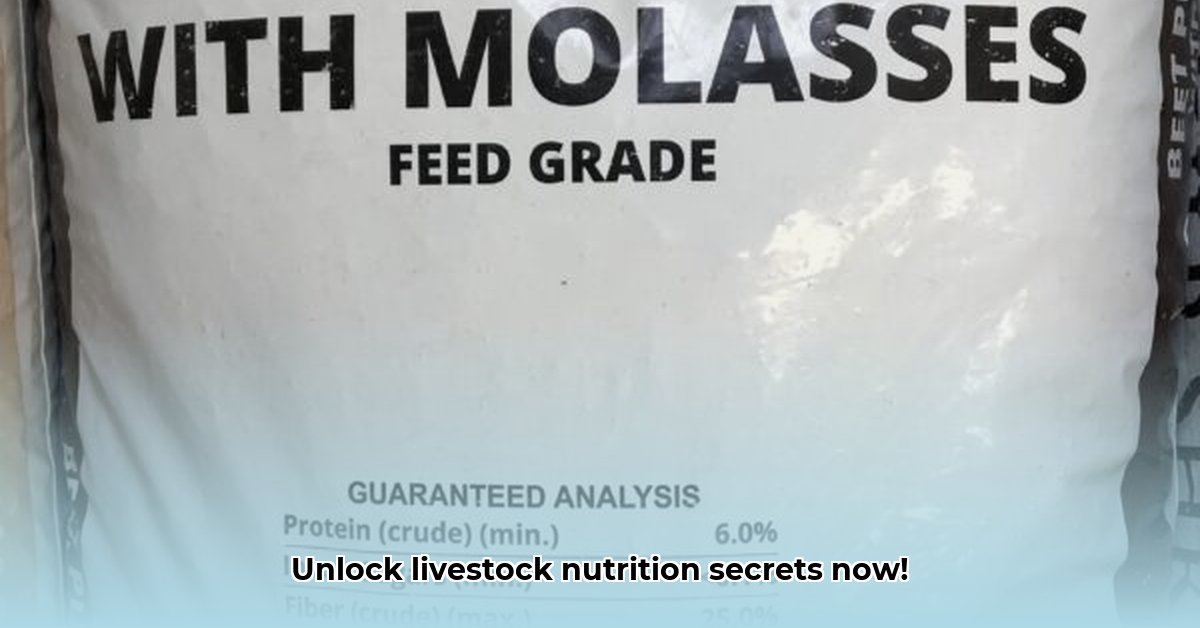
What is Beet Pulp?
Facing rising feed costs? Beet pulp, a byproduct of sugar production, offers a potentially cost-effective and nutritious feed supplement for your livestock. This comprehensive guide explores its benefits, drawbacks, and proper usage. Understanding beet pulp can significantly impact your farm's bottom line and your animals' well-being. For more on hay options, check out this resource.
What is Beet Pulp, Really?
Tractor Supply beet pulp isn't the whole sugar beet; it's the remaining fiber after sugar extraction. This fiber-rich material comes in two forms: pellets (convenient, compressed nuggets) and shreds (coarser, loose strands). Both offer similar nutritional value, differing mainly in texture. It's a sustainable choice, repurposing a byproduct that would otherwise be waste.
![Image of beet pulp pellets and shreds]
Nutritional Value and Benefits
Beet pulp boasts high fiber content, crucial for digestive health in horses and cattle. This fiber aids digestion, adds bulk to their diet, and contributes to smooth bowel movements. While not a complete feed source, it provides essential nutrients and can be a valuable supplement. However, always soak beet pulp before feeding; this is crucial for proper digestion and palatability. Isn't maximizing nutrient absorption a top priority for healthy livestock?
How to Use Beet Pulp Effectively: A Step-by-Step Guide
Soaking: Submerge beet pulp (pellets or shreds) in cool water for at least 2 hours, or overnight. The pulp will expand significantly, becoming soft and easily digestible. This step is non-negotiable for optimal digestion.
Dietary Introduction: Gradually introduce soaked beet pulp into your animal's diet over several days or a week. Start with 10-15% of their total daily feed, increasing gradually to the target amount (typically 10-30% for horses and cattle, but consult your veterinarian). A slow introduction prevents digestive upset.
Storage: Store beet pulp in a cool, dry place in its original packaging or a tightly sealed container to prevent mold growth. Regularly check for any signs of moisture or mold; discard promptly if found.
Economic and Environmental Considerations
Beet pulp often presents a budget-friendly alternative to other feed sources. This cost-effectiveness, combined with its sustainable nature as a byproduct, offers significant economic and environmental advantages. However, cost and availability can fluctuate based on location and seasonality. Comprehensive long-term research is needed to fully understand its environmental sustainability compared to other feed options. Isn't reducing environmental impact while saving money a win-win?
Suitability for Different Livestock
Beet pulp excels as a supplement for horses and cattle, but its suitability for other animals (like poultry) is less clear-cut. More research is needed to determine its efficacy and safety in various animal diets. Always consult a veterinarian before making significant dietary changes.
Potential Drawbacks and Limitations
While beneficial, beet pulp isn't without limitations. Palatability issues might arise, requiring gradual introduction. Improper storage increases the risk of mold growth, posing a health threat. Remember, any abrupt dietary shift can cause digestive upset. Careful monitoring and a gradual approach are vital.
Conclusion
Tractor Supply beet pulp offers a potentially cost-effective and sustainable feed supplement, especially for horses and cattle. Its high fiber content promotes digestive health. However, responsible usage, proper storage, and gradual introduction to animals' diets are crucial. Further research is crucial; however, preliminary data shows promise and cost-effectiveness within the realm of sustainable agriculture.
Further Reading/Resources
(Insert links to relevant research papers, government resources, and reputable agricultural websites)